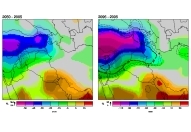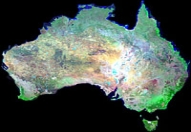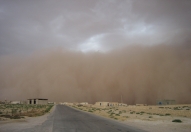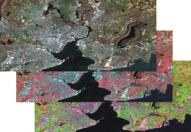Prof. Jason P. Evans
Climate Change Research Centre
University of New South Wales









Evaluating the effectiveness of mitigation options on heat stress for Sydney, Australia.
Ma, S., A. Pitman, J. Yang, C. Carouge, J.P. Evans, M. Hart, D. Green
Journal of Applied Meteorology and Climatology, 57(2), 209-220, doi: 10.1175/JAMC-D-17-0061.1, 2017. Abstract
Global warming, in combination with the urban heat island effect, is increasing the temperature in cities.
These changes increase the risk of heat stress for millions of city dwellers. Given the large populations at
risk, a variety of mitigation strategies have been proposed to cool cities—including strategies that aim to
reduce the ambient air temperature. This paper uses common heat stress metrics to evaluate the performance
of several urban heat island mitigation strategies. The authors found that cooling via reducing net radiation or
increasing irrigated vegetation in parks or on green roofs did reduce ambient air temperature. However, a
lower air temperature did not necessarily lead to less heat stress because both temperature and humidity are
important factors in determining human thermal comfort. Specifically, cooling the surface via evaporation
through the use of irrigation increased humidity—consequently, the net impact on human comfort of any
cooling was negligible. This result suggests that urban cooling strategies must aim to reduce ambient air
temperatures without increasing humidity, for example via the deployment of solar panels over roofs or via
cool roofs utilizing high albedos, in order to combat human heat stress in the urban environment.
Key Figure FIG. 2. The effects of mitigation options on T2, VP, and U10m. COOL, SD60, GR, GR1IRI, GD1IRI, and GR1GD1IRI are expressed as the difference of the mitigation option experiment and control experiment. |
|